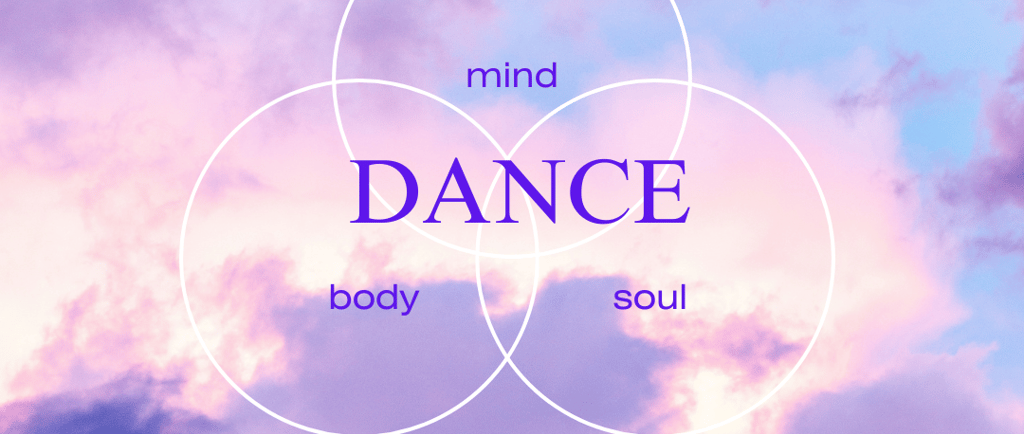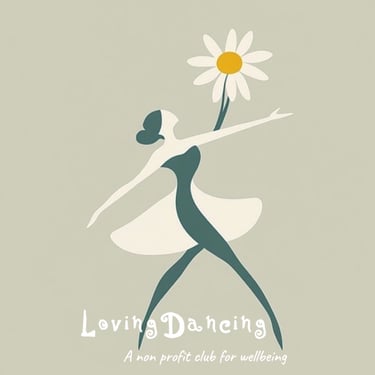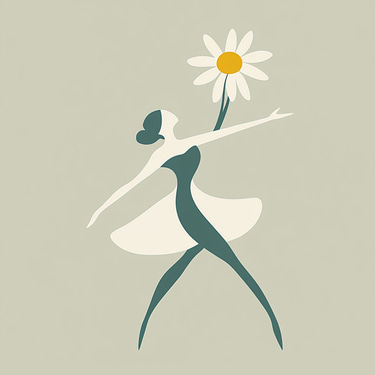Dancing Through Time: How Movement Keeps Our Brains, Bodies, and Spirits Young
Dance and Holistic Wellbeing from neurophysiological view
Author: Bingjie Cheng Ph.D (Expert @dancingloving)
5/25/20252 min read


Dance is more than just movement—it's a rich, multifaceted experience. It blends physical activity, coordination with music, emotional expression, and social connection. Scientific research in neuroscience and dance suggests that dancing may be one of the most joyful and effective ways to keep our brains, bodies, and spirits young.
Thanks to its multifaceted nature, dance stimulates multiple brain regions at once, including the motor cortex (responsible for movement), the prefrontal cortex (planning and decision-making), the hippocampus (memory and learning), and the cerebellum (coordination and balance). Auditory and visual cortices are also actively engaged as dancers respond to music and visual cues. When you learn new dance steps, synchronize movements to music, and engage socially, your brain increases activity in these regions and forges new neural connections. This process enhances neuroplasticity—the brain's remarkable ability to reorganize itself, adapt to new challenges, and maintain cognitive function over time.
Studies show that dance not only boosts memory and attention but may also delay the onset of neurodegenerative diseases like dementia. This is because dancing challenges the brain similarly to learning a new language or playing a musical instrument, activities known to protect against cognitive decline. Moreover, dancing involves physical movements and improves balance, coordination, and muscle strength, reducing the risk of falls—a major concern for older adults.
There is also a profound emotional and social dimension to dance. Participating in a dance class or simply moving to music with others fosters a sense of belonging and joy, which are crucial for mental well-being. Scientific studies show that dance interventions can reduce symptoms of depression and anxiety by modulating neurotransmitters like dopamine and serotonin. Moreover, engaging in rhythmic movement with others promotes the release of oxytocin, a hormone associated with social bonding and trust.
You don't need to be a professional to reap the benefits. Whether it’s ballet, jazz, salsa, or simply grooving in your living room, the key is regular, mindful movement. So, next time you hear your favorite tune, don’t just tap your foot—get up and dance. Your brain, body, and spirit will thank you.
References and Extended Readings:
Dance and the Brain. Harvard Medical School. https://hms.harvard.edu/news-events/publications-archive/brain/dancing-brain
Biomolecular Effects of Dance and Dance/Movement Therapy: A Review. Koch et al., (2019). American Journal of Dance Therapy
Effects of Dance Interventions on Cognition, Psycho-Behavioral Symptoms, Motor Functions, and Quality of Life in Older Adult Patients With Mild Cognitive Impairment: A Meta-Analysis and Systematic Review. Liu et al., (2021). Frontiers in Aging Neuroscience
Association of Dance-Based Mind-Motor Activities With Falls and Physical Function Among Healthy Older Adults: A Systematic Review and Meta-analysis. Matte et al. (2020). JAMA Netw Open
DancingLoving - your non profit association for holistic wellbeing
mrs.dancingloving / Mrs. DL


Spotify: community music & podcast sharing
WhatsApp: open community
Instagram: mrs.dancingloving
LinkedIn & Facebook: stay tuned!
Newsletter: sign in in "contact"
